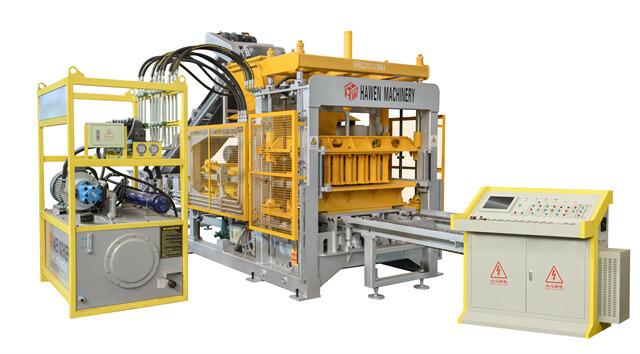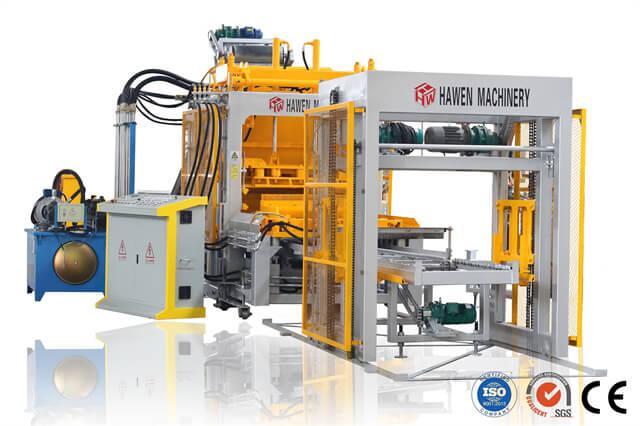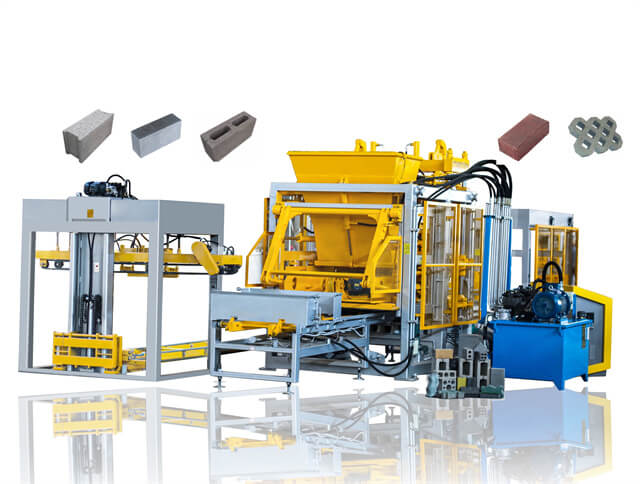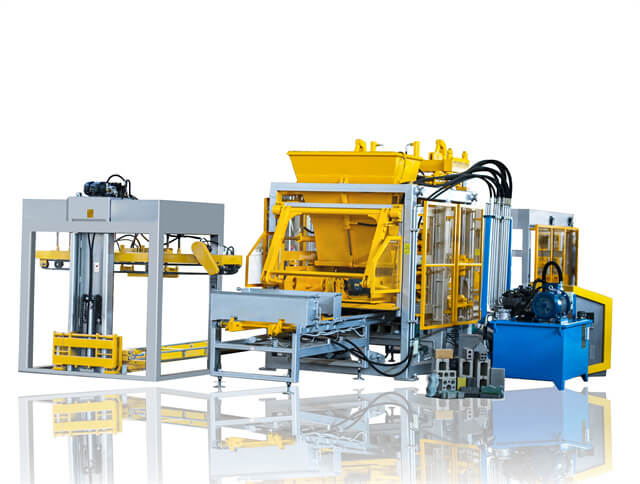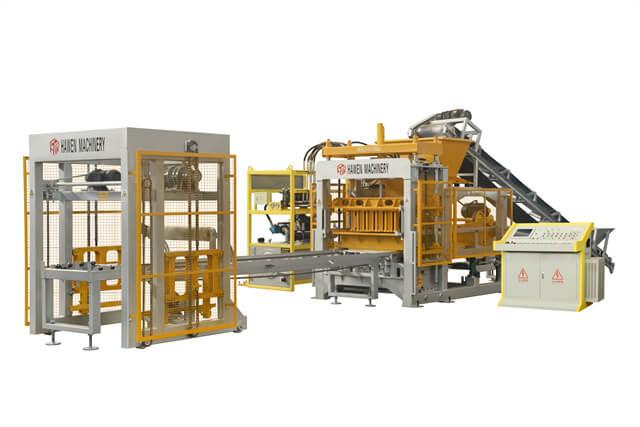Author:HAWEN Block MachineFROM:Brick Production Machine Manufacturer TIME:2024-09-19
Brick making machines have revolutionized the construction industry by providing an efficient and reliable way to produce high-quality bricks. These machines come in various types and sizes, each designed to cater to different production needs. Understanding the components of a brick making machine is crucial for selecting the right equipment and ensuring optimal performance. This article delves into the essential components of a brick making machine, highlighting their functions and significance in the brick production process.
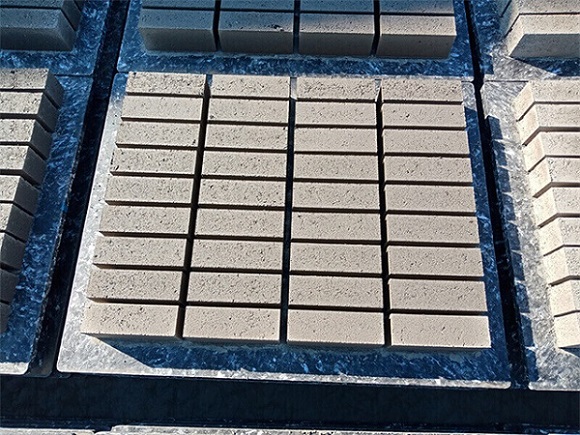
The frame of a brick making machine serves as the backbone of the equipment. It is constructed from heavy-duty steel to withstand the high pressures involved in the brick-making process. The frame supports all other components and ensures the machine's stability and durability during operation. Its robust design is essential for the machine’s longevity and consistent performance.
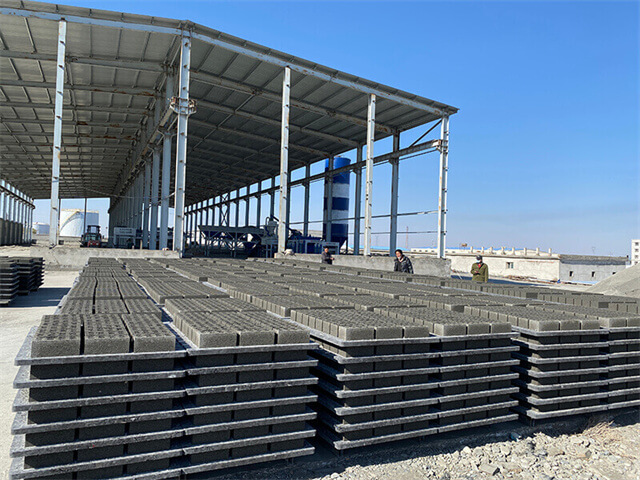
The molding system is a critical component of the brick making machine. It shapes the raw material into bricks by using molds of various sizes and designs. This system typically includes a hydraulic or mechanical press that applies pressure to form the bricks. The quality of the molding system directly affects the size, shape, and density of the finished bricks.
The mixer is responsible for blending the raw materials, such as clay, sand, and additives, to create a homogeneous mixture. This mixture is then fed into the molding system. The efficiency of the mixer impacts the consistency and quality of the bricks produced. High-quality mixers ensure a uniform blend, which is crucial for producing strong and durable bricks.
The feeding system controls the flow of raw materials into the mixer and molds. It includes components such as hoppers, conveyors, and feeders. This system ensures that the correct amount of material is supplied to the mixer and molds, maintaining consistent production quality. Proper functioning of the feeding system is essential for efficient operation and minimizing material waste.
The hydraulic system is used in many brick making machines to provide the necessary pressure for molding the bricks. It includes hydraulic cylinders, pumps, and valves that regulate the pressure and ensure precise molding. The efficiency and reliability of the hydraulic system are crucial for achieving high-quality bricks and maintaining the machine’s overall performance.
The control system manages and monitors the operation of the brick making machine. It includes electrical panels, sensors, and programmable logic controllers (PLCs) that automate various processes. The control system allows for precise adjustments and monitoring of production parameters, enhancing the machine’s efficiency and ease of use.
In some brick making machines, a cutting system is used to cut the molded bricks into the desired sizes. This system may include cutting blades or wire saws that ensure accurate and uniform dimensions. The cutting system is essential for producing bricks that meet specific size requirements and quality standards.
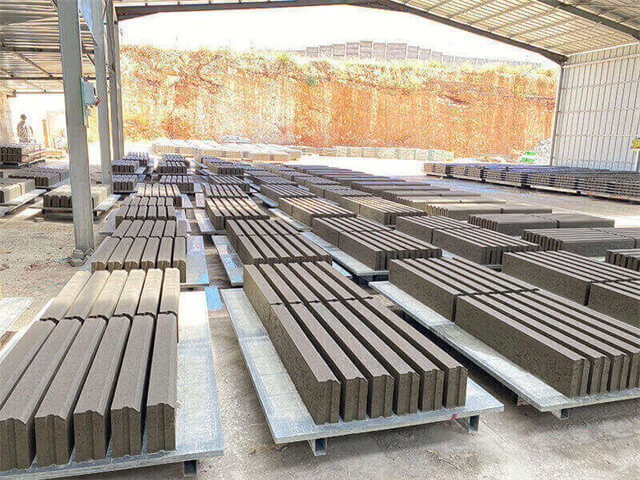
The curing system is responsible for drying and hardening the bricks after they are molded. This system typically includes drying chambers or kilns that control temperature and humidity levels. Proper curing is crucial for achieving the desired strength and durability of the bricks. The efficiency of the curing system impacts the overall production time and quality of the finished product.
The conveying system transports raw materials, molded bricks, and finished products throughout the brick making process. It includes belts, chains, and other conveyor mechanisms. Efficient conveying systems are vital for maintaining a smooth workflow and minimizing manual handling, which contributes to increased productivity and reduced labor costs.
In summary, a brick making machine comprises several essential components, each playing a crucial role in the brick production process. From the sturdy frame and efficient molding system to the precise control system and effective curing system, every component contributes to the overall performance and quality of the bricks produced. Understanding these components helps in selecting the right machine and ensuring optimal operation, ultimately leading to high-quality bricks and successful construction projects.
